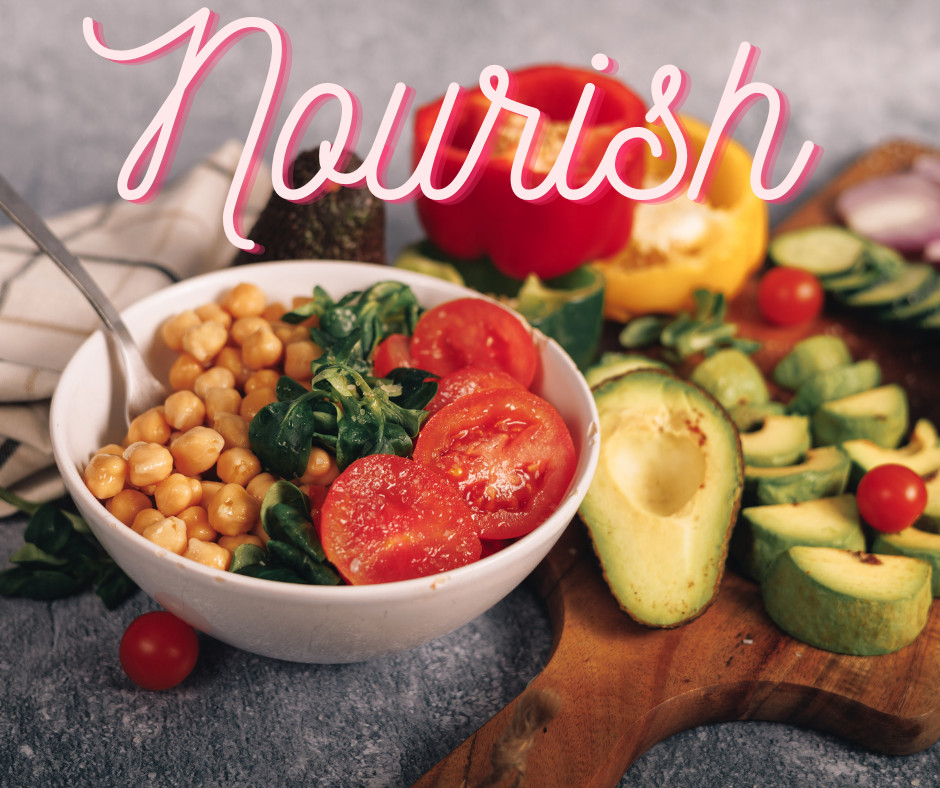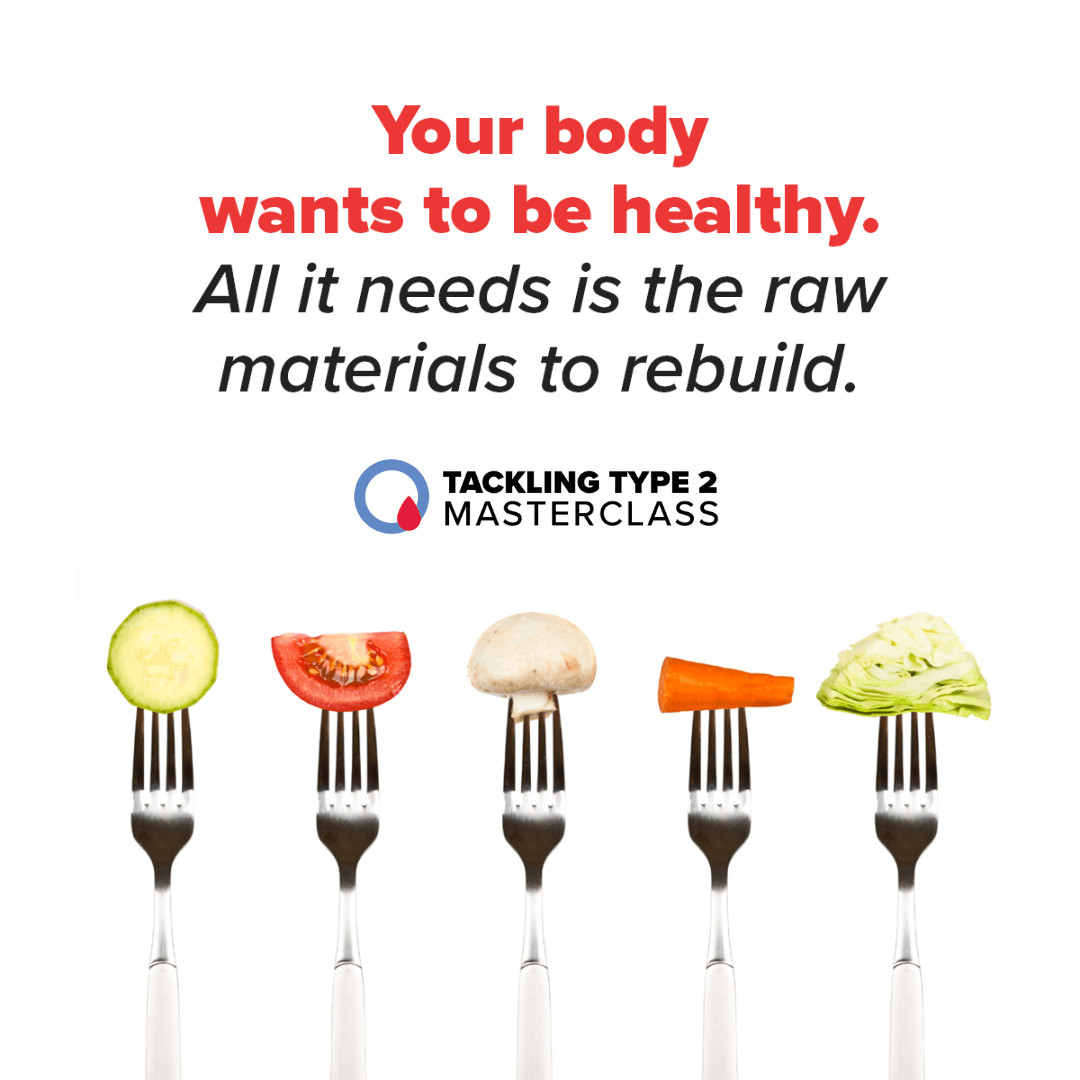
I recently attended a weight loss summit at Better Life Summits, I love to learn a lot about a lot of different topics, so I spend a lot of time taking classes and workshops and summits to increase my knowledge about holistic wellness. One of the talks I attended featured Dr Susan Roberts, Senior Scientist and Director of the Energy Metabolism Laboratory at the Jean Mayer USDA Human Nutrition Research Center on aging.
In her talk at the summit, she spoke a lot about the success of her diet, known as the idiet. Dr Robert's work on the idiet has been phenomenal, folks are achieving lasting weight loss on this plan. Her talk was entitled, "How to use your body's innate instincts to your advantage." She boiled these innate instincts into five primary food drives.
1. When we get hungry, we want to eat
2. If food is readily available, we eat more
3. We eat more from a variety of foods
4. We like familiar foods
5. We like high calorie foods
Simply put, Dr Roberts states that by embracing these five primary food drives we can use them to control our environment to empower our successful weight loss. These drives say nothing about the content of our diet, but can be universally applicable to any diet, not matter which style of eating you are currently embracing.
Let's break each of these down a little bit more, to see them in action.
1. When we get hungry- we want to eat - Many people equate diet with restriction, when we eat enough of the right foods at meals, we eliminate the desire for in between meal snacking. Eating the right balance of macronutrients is key here to ensuring we are meeting our nutritional needs and so that we are not getting hungry in between meals. The right balance between protein, fats and fiber will ensure the body is getting the energy it needs and ensure that we don't need to snack.
2. If food is readily available, we eat more - This boils down to setting our environment up for success. If you know you have a weakness for Oreos, for example, quit bringing them into the house. We all have a food or two that we will over partake in, if it is put in front of us. Relying on willpower is too hard, it's much easier to control our environment in the first place. Do your grocery shopping around the perimeter of the store where the fresh produce, dairy and frozen options are cased. Stay out of the center aisles where everything comes in a box or back and you can't pronounce their names. Understanding this availability principle, can help us plan appropriately to avoid the things that tempt us all together, and fill our kitchen with whole foods like produce.
3. We eat more from a variety of foods - Have you ever seen people throw down at a buffet? Enough said. In all seriousness, we humans like variety and routine. If we add a lot of variety and texture to our plates, in the form of healthy fruits and vegetables primarily, we are more likely to eat until we are full. Thus, reducing in between snacking. Another reason we want to add variety, is because the body gets different nutrients and phytonutrients from variety, this helps ensure we are meeting our nutritional needs.
4. We like familiar foods - As much as we like variety, we also like comfort and the brain finds comfort in routine. One way to harness this drive for the familiar, is to try some new things along with our familiar favorites, this helps ensure we are getting variety and the comfort of familiar in our diets. Both variety and familiarity drive our food choices, so its important to achieve both, for a well-rounded diet and better success.
5. We like high calorie foods - Dr Roberts recommends we increase our fiber intake to 40 g of fiber per day. A diet high in fiber helps us stay satisfied, which leads to less temptation for between meal snacking. Avoid the high calories foods by eating whole foods and using spices for flavor. Whole foods provide fiber, protein and nutrients necessary for proper function and vitality.
Dr Robers recommends a few other non-negotiables to help us achieve weight loss success.
Ditch the Liquid Calories (Including Fruit Juices) - While, I have personally recommended juicing to someone who is struggling to get all of their nutrients, when it comes to weight loss, I recommend skipping the juice. If you are a juicer trying to lose weight, here is a tip for you: Put all your greens and fruits in your blender as you ordinarily would and instead of hitting pulse or blend, try dumping that blender off fruits and veggies into a plate or bowl and eat them raw. 1. There is something about the physiology of eating, the neurobiological processes of chewing, swallowing and breaking down all that fiber in fresh fruits and veggies that makes us feel more satiated. Chances are, you won't be able to eat that whole plate of produce you were just about to squeeze into a juice. This can help give you an idea of just how many more calories we can consume in liquid form. You are better off chewing and digesting foods in as close to their natural forms as possible. Instead of apple juice, the skin and fiber contained in the apple itself is more nutritious and satisfying than if we were to strip the apple of its fiber and skin and pulverize it into juice. One study showed that those who drank apple juice one hour before a meal, tended to eat an average of 100 calories more than those who consumed the whole apple instead. In this day and age, you can literally go into a Juice Place or a Starbucks and purchase a beverage that has 1000 or more calories in it, that is a whole day's worth of calories, easily swallowed in liquid form, without the benefits of fiber and protein that will satiate us. All liquid calories should be considered as taboo, especially those laden with sugar or toxic sugar substitutes. Just say no to the liquid calories and drink water instead to tame your thirst.
Dr Robert's research also shows some promising results. Our taste preferences can change. We can learn to love healthier foods. Our reward system can be rewired to crave healthier foods. The key is variety and repetition. Dr Roberts recommends that we give a new food a few tries, try to cook it differently to find a taste that appeals to you. The body recognizes nutritious foods and the more we sample healthier choices, the more our reward centers will rewire, so that we begin craving the good stuff rather than the high calorie, saturated fat and added sugar options we usually crave.
Dr Robers also suggests that we make small, but permanent changes that will help us succeed rather than feel like we are limiting our enjoyment of food. Healthy food can be tasty, and we can rewire our brains to prefer it. One suggestion she provided for this small change, is to substitute 50% of your mashed potatoes with mashed cauliflower. This way, you still get the creamy taste and texture of the mashed potatoes, but 50% of it is cauliflower. Parsnips are also good for this little tweak.
Finally, Dr Roberts spoke about the things that impact our metabolism.
1. Fiber - Her research reveals that you can get a 100-calorie advantage by eating the recommended daily intake of fiber. Because her fiber recommendation exceeds the standard recommended allowance, that equates to a 200-calorie advantage. Not only does fiber increase our metabolism, but it also helps all the food we do eat move through our digestive system better.
2. Exercise - Dr Roberts acknowledges that exercise is important to overall health. However, she also sites, research that shows exercise is an extremely inefficient way to lose weight. If you spend an extra hour exercising each day, that is an hour each day that we are not focused on our food choices. She recommends that we just stick to whatever exercise routine we are currently doing at the start of a weight loss program and getting your food habits on track before worrying about burning more calories with exercise. Start losing weight and feeling great and not hungry, and then we can get your exercise habits dialed in.
Because much of my own research is centered around the physiological impact of stress, one important note about exercise is, if you are always stressed out, this impacts your hormones. Once your hormones are dysregulated, its possible that working out too hard, will only aggravate an HPA Axis dysregulation.
3, Variety - We already talked about this, but variety in your healthy food choices is essential. Focus on eating a variety of low-calorie whole foods. In doing so, you displace the other higher calorie, less nutritious options.
4. Calorie Restriction - Calorie restriction has been shown to be healthy for just about everybody. Everyone can benefit from the beneficial changes that come in lipids, fasting glucose, blood pressure and all the other cardiometabolic risk factors. !00% of obese people will have or acquire all the diseases associated with obesity. The longer we spend in the obese state, the greater percentage risk we have of getting cardiovascular disease, hypertension, diabetes, etc. Additionally, if we already have an active disease state, obesity will most certainly increase our symptoms and complications. The bottom line is, a healthier weight, means a healthier body, period.
The bottom line is that our brains are habit driven machines that also crave variety. Once we unlock the blueprint for our ideal macronutrient ratios, we can be satisfied and satiated without snacking between meals. We can have lots of energy and feel great, by eating the right foods for our body. Our bodies crave communion with nature, so eat lots of fruits and veggies and load up on fiber to feel full and satisfied all day long.
By understanding how our environment and biology can impact our weight-loss success or failure, we can harness these principles and use them for our ultimate success.
If you are interested in Dr Roberts research, you can read more about it and the idiet here.








0 Comments